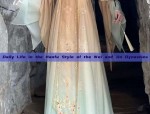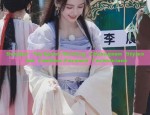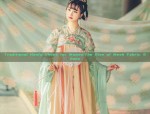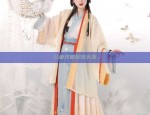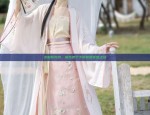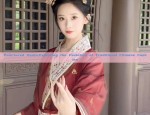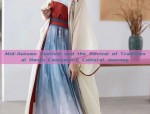The Evolution of Traditional Chinese Performance Attire:Qipao in the Republic of China
In the vibrant era of the Republic of China, traditional Chinese culture and fashion experienced a remarkable blend of old and new, evident in the evolution of performance attire known as Qipao. Qipao, a symbol of feminine elegance and grace, underwent significant transformations during this period, influenced by both Western fashion trends and the preservation of traditional aesthetics.
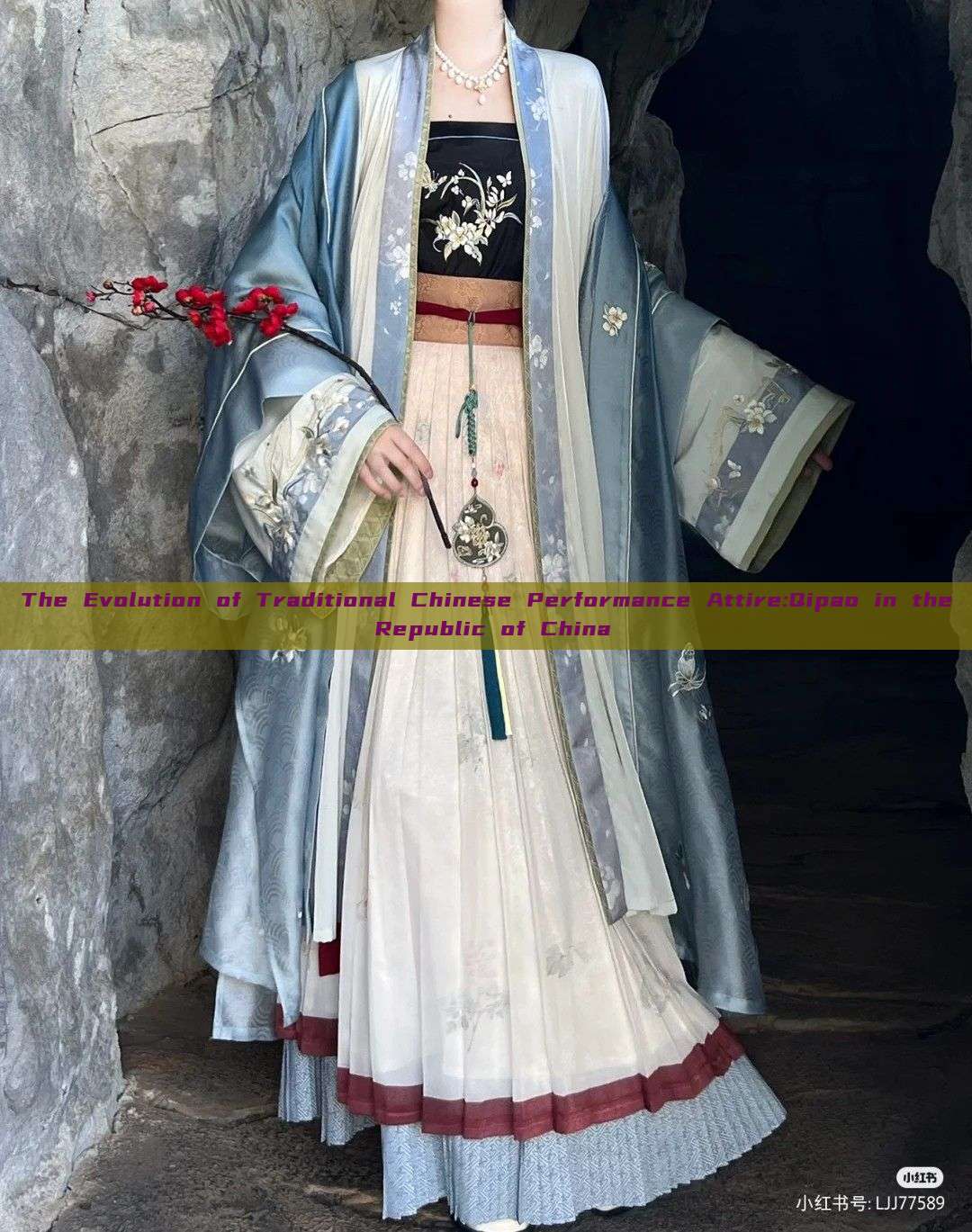
Originating in the late 19th century, Qipao first appeared as a simple, practical garment for women in rural areas. It gradually evolved into a sophisticated performance attire, favored by singers and dancers in theatrical performances. During the Republic of China era, Qipao became a symbol of modernization and cultural expression.
The design of Qipao during this period was a harmonious blend of traditional Chinese elements with modern Western influences. The bodice was often tailored to show off the wearer's figure, with a close-fitting waist and ample bust. The skirt was usually made of multiple layers of fabric, creating a graceful silhouette that flowed with movement. Traditional patterns and motifs like dragons, phoenixes, flowers, and clouds were often embroidered on the fabric, showcasing the intricate craftsmanship of Chinese embroidery.
The color palette of Qipao also underwent changes during this period. While traditional colors like red, blue, and green were still popular, new colors like light pink and purple were also introduced. These colors not only reflected the wearer's personality but also symbolized different meanings and occasions.
The materials used in the making of Qipao also evolved with time. While silk and cotton were the traditional fabrics, new materials like nylon and synthetic fabrics were also introduced. These new materials were more durable and easier to maintain, making Qipao more practical for everyday wear.
The evolution of Qipao during the Republic of China era was not only about fashion but also about cultural expression and identity. It reflected the changing social attitudes and values towards women's role in society. Qipao became a medium for women to showcase their individuality and freedom, while still maintaining their traditional values and aesthetics.
Qipao also played an important role in promoting Chinese culture on the global platform. As Chinese culture gained recognition worldwide, Qipao became a symbol of Chinese traditional aesthetics and grace. It attracted the attention of fashion designers and enthusiasts from around the world, who appreciated its beauty and craftsmanship.
Today, Qipao continues to evolve and adapt to modern fashion trends. It has been modernized and revamped to cater to the needs of modern women. The design, color palette, and materials used in its making have undergone further changes. However, the essence of Qipao remains the same - a symbol of feminine elegance and grace.
In conclusion, Qipao is not just a piece of clothing; it is a symbol of Chinese culture and tradition. Its evolution during the Republic of China era reflects the changing social and cultural landscape of China. Qipao continues to inspire and influence fashion designers worldwide, showcasing the beauty and uniqueness of Chinese culture.
Keywords: Qipao, Republic of China, traditional Chinese culture, fashion, performance attire, evolution

 Previous Post
Previous Post


